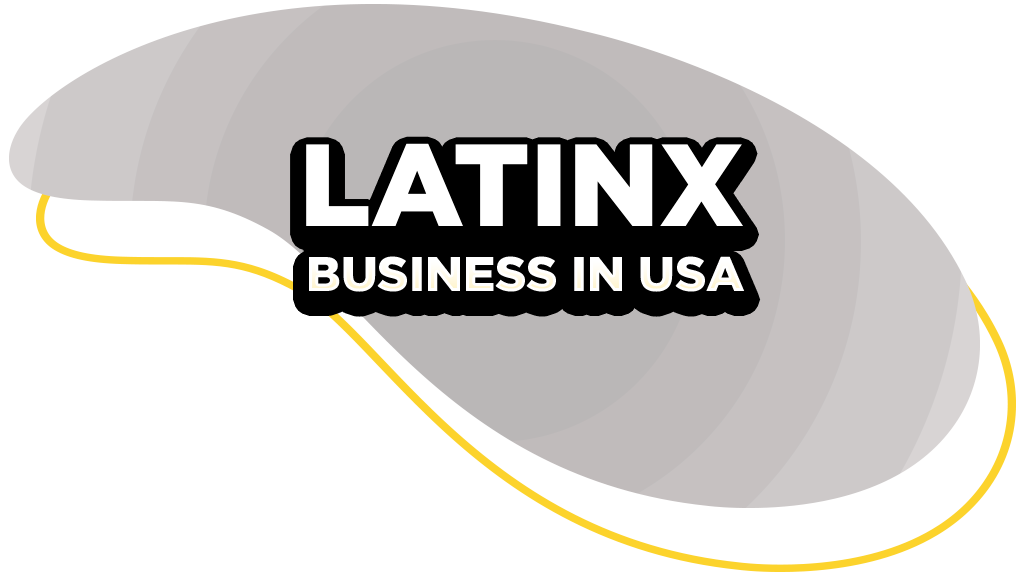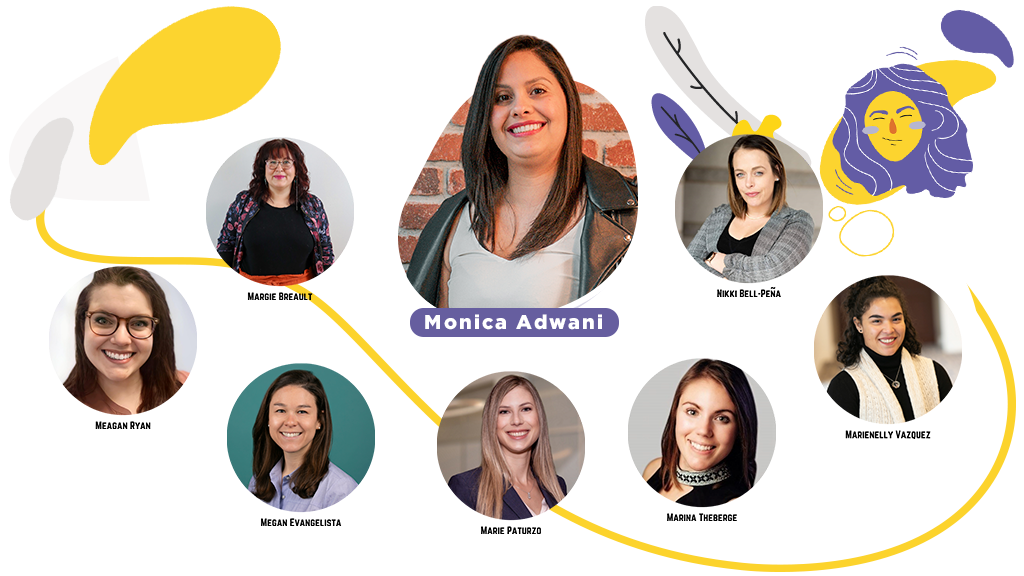Know more about our COMMERCIAL INSURANCES
Know more!
x




Are you involved in business (or intend to be) in the United States? Do you have any idea how the market treats a Latinx entrepreneur?
In this series of posts in which we are using data from the Hispanic Wealth Project survey, we are excited to present the Latin entrepreneur market in numbers, as we have already done with Latinx community and real estate market.
The Hispanic Wealth Project spearheaded the research with the aim of using the data to benefit the Latinx community in growing their wealth through housing, entrepreneurship and investment banking.
One of the project’s goals is to increase the wealth generated by small businesses by increasing the number of Latinx-owned employers to 400,000 or more.
Entrepreneurship
Hispanics are about a third of the way to meeting the HWP’s target of increasing Hispanic-owned employer firms to 400,000 or more. This goal is based on the premise that companies with employees are exponentially more likely to be scalable companies (those that generate more than 1 million in annual revenue) than those without employees. In 2018, there were 331,625 Latinx-owned employing businesses in the US, a 3% increase from the previous year.
Business with Latinx employers account for 5.8% of all business with employers and earn about $455.6 billion in annual revenue. Latinx-employing businesses employ 3 million people, an increase of nearly 100,000 from the previous year.
Latinx-owned businesses are growing faster than the general population. In 2019, 22.8% of new entrepreneurs were Latinx. Latinx-owned companies are growing at rates faster than the national average in most states and across all industries, and revenues are also growing faster than other companies.
Research shows that the Latinx’s business acumen accompanies them wherever they go. Latinx are 1.7 times more likely to be entrepreneurs than any other racial or ethnic group. Latinx-owned companies grew faster than the national average in more than 80% of US states and in 13 of the 15 industry sectors where Latinx do business.
Over the past two years, business revenue for Latinx has grown an average of 25% year over year, 32% faster than revenue for non-Latinx White companies.
Key sectors for Latinx business growth are critical to US infrastructure and financial services. The sectors with the fastest business growth rates for Latinx are construction (32%), finance and insurance (27%), transportation and storage (25%), and real estate (22%).
In 2019, there were 2.3 million Latina-owned businesses representing 18% of all women-owned businesses. Furthermore, these companies grew almost twice as much as other women-owned companies, at a rate of 40%.
Enterprising Latina women accounted for nearly all (93%) of the growth in overall women-owned employers between 2017 and 2018, employing nearly 700,000 people.
Employing companies that belong to Latina women are already outpacing companies that belong to Latino men; between 2017 and 2018, women’s companies grew 7.6%, while men’s grew 1.4%. More than two-thirds of the growth of Latinx employing companies can be attributed to Latina women.
Between February and March 2020, one in three (32%) Latinx companies had to close, a reduction of 700,000 companies.
While some companies managed to recover when restrictions on the pandemic were lifted, revenue losses were large and disproportionate for Hispanic families.
Latinx-owned companies performed the worst, primarily due to the disproportionate role that Latinx played as caregivers to children and the elderly during the pandemic. Latina women’s businesses closed at twice the rate of other Latinx businesses and were 42 percent more likely to fire employees.
Latinas were also less likely to be able to work from home (20%) compared to Latino men (34%) or non-Latinx White people (48%).
Plans for the future
Following the home-buying trend, Latinx also led efforts to start a business in the coming months and years than all other groups. Among survey respondents, Hispanics were 2x more likely than the non-Latinx White population to say they planned to start a business this year (16% vs 6%) and in the next five years (24% vs 9%). Among Latinx who already owned a business, more than half (55 percent) said they had plans to start an additional business within 5 years.
Business Equity is the total resale value of a company and its assets minus liabilities. It is a great source of wealth and credit building.
In 2019, 7% of Latinx households had some business assets, a 30% increase from 2013, the fastest growth rate among all demographic groups.
Latinx with business equity have an average net worth of $314,380, while among self-employed Latinx, the average net worth is $174,920.
Latinx companies tend to start and stay small, which means that the average equity of companies is still half that of other companies overall. However, between 2010 and 2019, there was a 73.1% increase in the average equity value of Latinx companies, second only to non-Latinx Black owners.
Access to credit for small and new businesses is never easy, but as research shows, for a small Latinx-owned business in the US, things get even more complicated.
According to the Stanford Latino Entrepreneurship Initiative, Latinx companies have considerably higher rates for bank lending than White and non-Latinx owned companies, regardless of criteria such as credit, profitability, liquidity and business age. Even though companies tie on all criteria, the chances of being approved for a loan are 60% lower for Latinx than for White-owned companies.
In addition, the Small Business Credit Survey, conducted in 2021, found that among those who received credit approval, only 20% of Hispanics received the full amount requested, compared with 40% of non-Hispanic White business owners.
As a result, Latinx companies end up using less traditional sources of capital, which limits their growth. Latinx business owners are more likely to rely on personal funds (25%) as their primary funding mechanism than non-Latinx White business owners (17%).
In line with these trends, Latinx small business owners in the 2021 survey were twice as likely (63%) than non-business Latinx (36%) to report balances on their credit cards, suggesting they may be financing part of the business with credit cards.
According to the Stanford Latino Entrepreneurship Initiative, if Latinx-owned companies generated, on average, annual revenues equivalent to non-Latinx companies, an additional $1.5 trillion would be created for Latinx families.
Want to know how to invest, empower and encourage Latinx companies? Buy from them! Unless you are a Shark Tank and can invest in a Latinx business, the best you can do is be a good customer.
Make it a point to explore the Latinx-owned businesses in your community, and consider buying from them instead! There are tons of Latinx-owned bakeries, gift shops, restaurants, real estate, insurance brokers (BRZ included), and markets to choose from, among many other industries. Buy local, support Latinx!
Know more about our COMMERCIAL INSURANCES
Know more!

As immigrants, it is important to know what type of coverage you will need in order to be truly protected while living here in America. To help, we are outlining the 5 ESSENTIAL TYPES OF INSURANCE FOR THOSE WHO HAVE JUST ARRIVED IN THE USA.

On May 5th, the Central Mass Conference for Women will be taking place at the AC Hotel. This conference aims to inspire, connect, motivate and move women through every stage along their path.

To continue our celebration of Women’s month, we will discuss women who migrated to America and went on to change the world.

We are an insurance company made by people for people. A community that speaks tyour language, with people who care about your future! Here you can find all the protection and care that a home offers. Come and join us!
Get a Quote

Need help? Chat with BRZ!
x